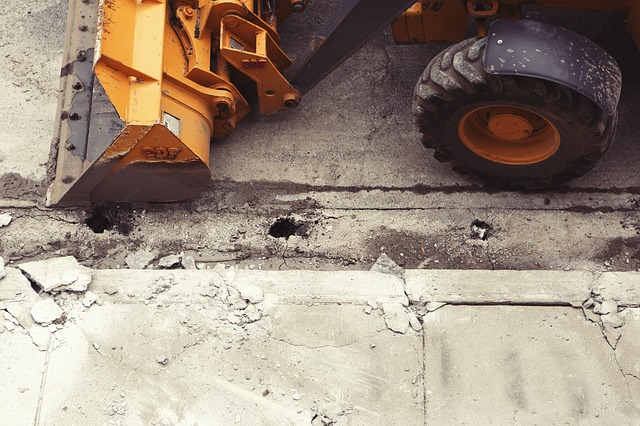Foundation problems do occur, and it is not always as a result of inaccurate construction. There are plenty of foundation repair equipment and solutions to fix any heaving, cracked slabs, leaks or vertical cracks. Here are some solutions you can use to fix a faulty foundation:
Types of Foundation Repair Gear
Concrete Piers
If you are looking for repair solutions suiting homes and commercial buildings with light foundations, concrete piers do the trick all the time. They are constructed by drilling holes into the ground—where the foundation is—then pouring wet concrete to form the cylindrical pillars when it dries. A hydraulic lift will then be used to lift the foundation then concrete spacers and steel used to reinforce the base.
Soil Injection
Foundation repair through soil injection has been around for a while. It works by injecting soluble chemicals into the soil to prevent soil from absorbing water. When soil does not absorb water, it won’t swell thus your foundation remains out of harm’s way even in the heaviest of rain. Popular soluble chemicals used include potassium ions and ammonium salts. This technique is recommended whenever you notice an upward movement affecting the original form of your foundation, and mostly foundations with clay soil in it which sells faster when wet.
Concrete Piling
 They are a lighter version of concrete piers, and are equally drilled into the ground to fortify a shaky foundation. The concrete pilings are ready-made and only need heavy machinery to push them into the ground where the foundation is. Their advantage of concrete piers is that they are faster and easy to install. Once installed, they immediately become functional and most contractors find them a cheaper alternative to concrete piers.
They are a lighter version of concrete piers, and are equally drilled into the ground to fortify a shaky foundation. The concrete pilings are ready-made and only need heavy machinery to push them into the ground where the foundation is. Their advantage of concrete piers is that they are faster and easy to install. Once installed, they immediately become functional and most contractors find them a cheaper alternative to concrete piers.
Slab Jacking
Slab jacking also known as mud jacking, is a foundation repair technique that uses concrete. In the construction circles, the concrete is referred to as mud which is pumped underneath a sunken foundation to lift it back to the original position. Concrete of lower strength is commonly used for this job. If concrete is not in use, the next available material that works is polyurethane resins. Once the resins are injected into the soil, they form plastic bubbles that are filled with gas and expand lifting the foundation up. Between the two, polyurethane resins are way costly; however, lifting foundations with them gives a more accurate result.
Foundation Inspection Services
They say a small leak would sink a great ship, which speaks to capturing those cracks leaks, or heaves that show up before your entire foundation falls. If the soil supporting the foundation continues to wash away and nothing is done, it can lead to hefty repairs which end up drilling a pit into your finances. This is something you could otherwise report.
Inspection contractors have the right equipment to check for any anomalies on your foundation and give an accurate report on the way forward. Some major services given in foundation inspection include waterproofing the interior basement, conversion of your home basement, encapsulation of crawlspaces, pressure grouting and waterproofing the outside basement.
It is wiser to call in a foundation inspector to evaluate your home for cracks, heaves or any forms of anomalies. By doing this, you are arresting the problem in advance preventing further damage that leads to costly repairs. Additionally, there are plenty of foundation repair equipment and techniques that are used to rectify and lift your home to its original position. They are cheap and quite effective keeping your home stable for years.
